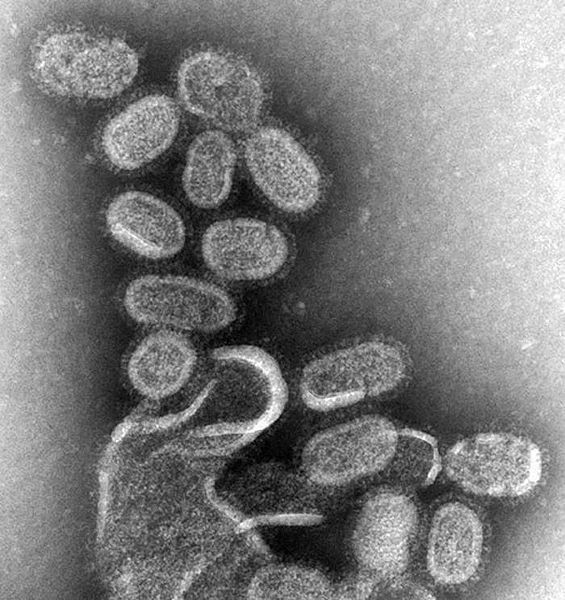Researchers Are Engineering Viruses to Attack Themselves

The idea that viruses could be used for treatment has been around since the middle of the 20th Century. However, early experiments on the matter - on cancer patients - resulted in the patient either contracting the virus or the cancer returning. It was not until the 1980s and 1990s that researchers began to focus on the potential of viral therapy once again - and it seems that this decade, the research will flourish.
As SFGate explains, viruses rely on organisms to replicate. While they target different cells, like immune cells or respiratory cells, all work in the same manner - they invade the organism's cells, take over the DNA of the host cell and replicate, eventually killing the host cell. Though that ability can be potentially fatal - look at influenza or HIV as examples - researchers believe that viruses' ability to invade cell could have therapeutic uses as well. They think of viruses as Trojan horses, able to deposit genetic material into cells, bad as well as good.
Leor Weinberger is part of this growing movement. Though his laboratory focuses primarily on HIV, he believes that the treatment could be used in a variety of therapeutic applications. His method involves using HIV against itself. By taking the stray bits of excess material left behind when the virus replicates itself, called interfering particles, Weinberger is able to replace the genetic material left behind by HIV. His technique means that the virus is no longer able to replicate.
The treatment has never been performed on animals or in humans. Even if the treatment proves successful for humans, it will not be a cure for HIV. However, a one-time dose of the treatment would prevent the havoc that the virus can wreak. Even better, unlike antiretroviral therapy, which can be expensive and difficult to send to the portions of Africa that are hardest hit by the virus, the treatment would be infectious, just like HIV - meaning that it could be passed from person to person.



























